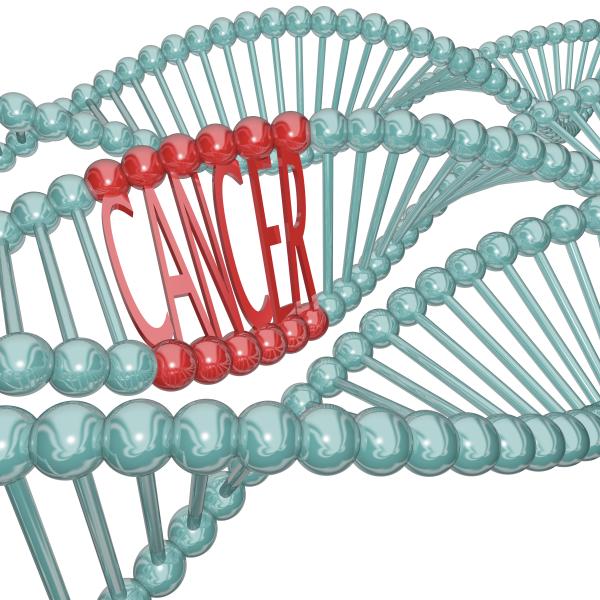
The concept of viruses causing cancer is not new. In fact, it has been more than 100 years since Francis Peyton Rous, working at Rockefeller University, uncovered the first pathogen-caused cancer. Rous discovered that a virus, now called the Rous sarcoma virus caused tumors in chickens. He proved the causation by extracting material from the tumors, and then using to it infect other chicken, which subsequently developed the same tumors. He earned the Nobel Prize in Medicine in 1965 for this work.
Since then, multiple pathogens, almost all of which are viruses, have been shown to cause a variety of cancers. Here are some:
- Hepatitis B**- liver
- Hepatitis C- liver
- Human papilloma virus**- cervix, anus, penis, mouth, throat
- HIV (indirectly)
- Human herpesvirus 8- Kaposi sarcoma (almost exclusively in AIDS patients)
- Human T-lymphotrophic virus (HTLV)- leukemia
- Epstein-Barr virus (EBV), also called human herpesvirus 4 (HHV-4)- lymphoma
The last of these, the Epstein-Barr virus (EBV), has always been a bit mysterious. It is responsible for mononucleosis, and suspected of being a cause of chronic fatigue syndrome (CFS), although this disease remains poorly understood.
** There are effective vaccines for both HBV and HPV. These are the only two vaccines in the world that prevent cancer.
EBV has just given up some of its secrets. Dr. Michelle West and colleagues at the University of Sussex in the UK, discovered that the virus alters the function of two genes, MYC, and BCL2L11, which have different functions in the life cycle of cells. When MYC is activated, it promotes cell growth, leading to uncontrolled cell profliferation—the hallmark of cancer. BCL2L11 has the opposite job. This gene, when activated, promotes a process known as apoptosis - a series of events that result in the death of a cell. The mechanism by which these genes in cells— in this case B cells, a type of white blood cell— was previously unknown.
The Sussex group found that EBV infection alters the function of both genes. It does this by hijacking the cellular DNA, turning on MYC and turning off BCL2L11. Now the infected B cells have defective genes, in which two processes have been altered. Cell proliferation is turned on while programmed cell death is turned off.
Since EBV infects B cells, it is not surprising that it causes cancers of white blood cells, such as Burkitt’s lymphoma and Hodgkin’s disease.
With the nature of the binding interactions between EBV and the two affected genes in hand, the group is looking for ways to block them, and create new therapies for two problematic blood cancers.



